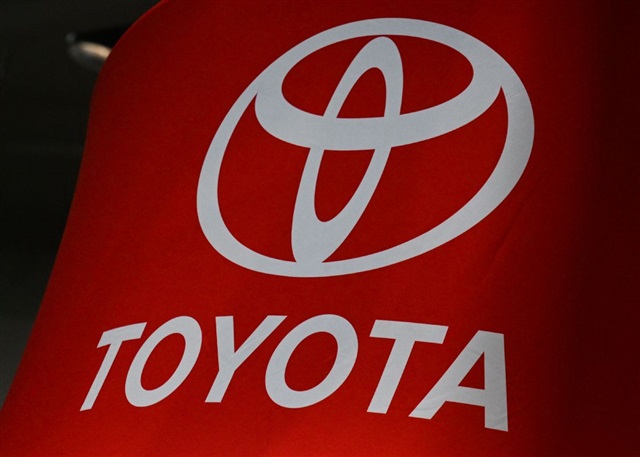After years of defense, Japanese electric vehicles are mounting a quiet yet striking comeback in China—a market now dominated almost entirely by domestic players.
Once considered laggards in the global shift to electrification, Japanese automakers are beginning to turn heads with two recent launches: the BZ3X, jointly developed by Toyota and Guangzhou Automobile Group (GAC), and the Nissan N7, produced in partnership with Dongfeng. Both models have seen overwhelming pre-order demand, with orders exceeding available production in their debut quarter. Their early success has earned them the moniker of "lone warriors" among foreign joint venture EVs—some of the few that have managed to break through China's increasingly fortified domestic car market.
A slow start turns strategic
Japanese automakers have long been criticized for their cautious approach to electric vehicles—especially when compared to their aggressive Western, Korean, and Chinese rivals. But that caution may now be paying off.
By avoiding early, capital-intensive EV investments, Japanese companies sidestepped the turbulence and overcapacity that plagued many early entrants when demand fell short of projections. They also avoided the costly burden of retooling platforms to accommodate both traditional combustion engines and battery-electric systems.
Now, with China's EV market entering a more stable phase, Japanese brands are accelerating their transition—backed by what some analysts see as the classic principle: better late than never, if the timing is right.
Winning by localizing
Industry insiders point to one critical factor behind this rebound: deep localization.
While earlier joint venture models were often designed abroad, then imported into China's market, the BZ3X and N7 were developed almost entirely with local tastes and conditions in mind—from design and engineering to manufacturing. The result: competitive pricing, efficient cost structures, and products tailored to Chinese consumer preferences.
But success has come with trade-offs. The pricing and strategy behind these Japanese models have positioned them squarely in direct competition with domestic brands—triggering what many see as an unavoidable descent into China's brutal EV price war.
Walking a tightrope on price and perception
The BZ3X, priced at around CNY110,000 (approx. US$15,313), is powered by Qualcomm's Snapdragon 8155 chip. After a strong start—selling 6,700 units in April—its sales plunged 36% in May amid rumors that it was a mere "badge swap" version of the GAC Aion V. Pressure intensified as rival Leapmotor launched a lidar-equipped B10 with even better price-performance.
However, BZ3X sales rebounded 39% in June and remained steady in July, calming speculation—for now.
Nissan's N7, equipped with Qualcomm's 8295 chip and priced slightly higher at CNY120,000, has shown more consistent momentum. It surpassed 6,000 units sold in both June and July, and is on track to hit 10,000 in August—an impressive surge for a newcomer.
While Japan rises, Germany stalls
In contrast to the Japanese rebound, German automakers face steeper challenges in China. Despite increased investments and aggressive localization efforts, companies like Mercedes-Benz, BMW, and Audi have yet to see meaningful returns in either sales or profits. Some analysts warn they are now trapped in a cycle of "high investment, high loss."
One core dilemma lies in the devaluation of premium electric vehicles in China's fast-moving secondhand EV market. With resale values plunging, German luxury brands face intense pressure to cut prices to compete with Chinese rivals—without eroding their brand prestige.
The case of Porsche is especially telling. Once a symbol of aspirational luxury, Porsche saw its China sales falter rapidly as low-cost imitations of its iconic designs flooded the market.
Foreign brands on the back foot
Overall, foreign and joint venture brands are under increasing pressure in China—not only due to market forces, but also geopolitical headwinds. Rising nationalism, shifting government subsidies, and anti-luxury sentiment have further dampened their appeal.
The battle for survival in the world's largest car market is far from over—and for now, it is increasingly being fought on home turf, and on Chinese terms.
Article edited by Jingyue Hsiao



